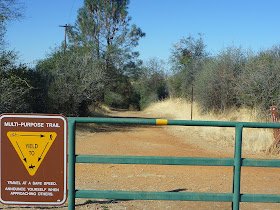TEIRESIAS is a supercomputer of the European Union, used for criminal investigation services. It is the latest iteration of Terry, which is an artificial-intelligence-empowered computer allowing investigators to “ghost” into crime scenes virtually realized by including information via drone-surveillance data and AI algorithms. TEIRESIAS is fictional: invented by Tom Hillenbrand in the thriller “Drohnenland” [1]—“Drone Country” [2].
In Hillenbrand's crime novel, TEIRESIAS is an acronym. But the word is also referring to a complex figure in Greek mythology [3]. Such, it was chosen as the name for a computer system assisting as a “prophet” in solving complex tasks in criminology. Here is the German-language text snippet from the novel revealing how the acronym, which abbreviates an English-language phrase, was derived [4]:
In the beginning there was the name, then it became an acronym.
[2] English sample translation by Steven T. Murray: Drone Country. Internet: www.kiwi-verlag.de/rights/buch/drone-country/978-3-462-04662-5/.
[3] Teiresias. Greek Mythology. Internet: www.greekmythology.com/Myths/Figures/Teiresias/teiresias.html.
[4] pages 105 and 106 in [1].
In Hillenbrand's crime novel, TEIRESIAS is an acronym. But the word is also referring to a complex figure in Greek mythology [3]. Such, it was chosen as the name for a computer system assisting as a “prophet” in solving complex tasks in criminology. Here is the German-language text snippet from the novel revealing how the acronym, which abbreviates an English-language phrase, was derived [4]:
Es ist eine typische EU-Abkürzung. Irgendjemand hielt es für eine gute Idee, unseren Fahndungscomputer nach einem allwissenden homerischen Seher zu benennen. Und später hat sich dann ein Öffentlichkeitsarbeiter aus den Fingern gesogen, wofür diese Abkürzung angeblich steht. [...]
»Es steht für ›TElemetric REenactments and Immersive Simulations of ActualitieS‹. «
In the beginning there was the name, then it became an acronym.
References and more to explore
[1] Tom Hillenbrand: Drohnenland. Kiepenheuer & Witsch, Köln, 11. Auflage 2018.[2] English sample translation by Steven T. Murray: Drone Country. Internet: www.kiwi-verlag.de/rights/buch/drone-country/978-3-462-04662-5/.
[3] Teiresias. Greek Mythology. Internet: www.greekmythology.com/Myths/Figures/Teiresias/teiresias.html.
[4] pages 105 and 106 in [1].


















